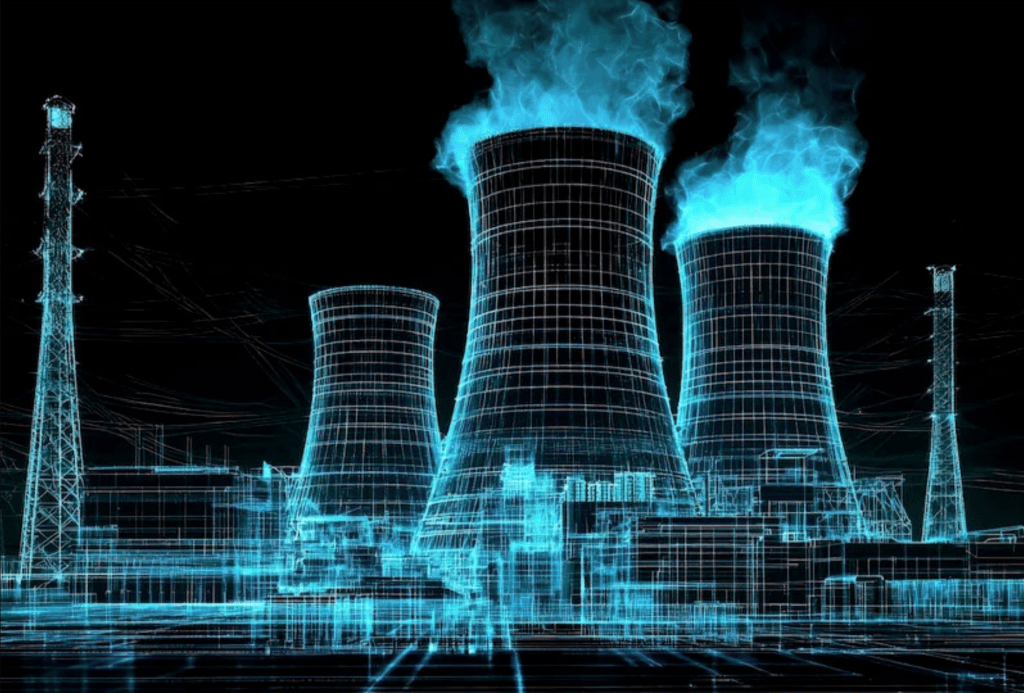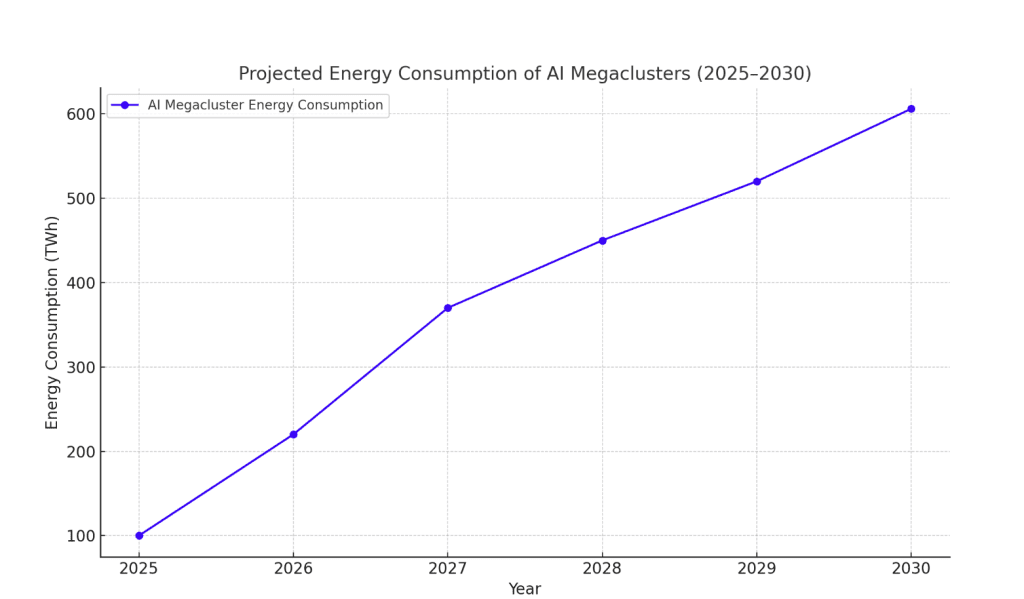
Luis Diaz, nosso líder de construção digital em Queensland e Nova Zelândia, não é nenhum estranho à inovação, e suas iniciativas mais recentes mostram o futuro de como treinamos, planejamos e operamos.
Um projeto de destaque? Um projeto imersivo Treinamento Virtual para Espaços Confinados Experiência desenvolvida para um cliente. Em vez de folhear manuais, os trabalhadores entram em um ambiente de trabalho virtual totalmente interativo, onde identificam perigos, tomam decisões e navegam por procedimentos da vida real.
Com cada ação rastreada pelo nosso Sistema de Gestão de Aprendizagem, este treinamento transforma a segurança de um exercício de marcar caixas em algo memorável e mensurável.
Veja como no vídeo abaixo.
Luis não se limita ao treinamento. Ele também está conscientizando sobre as demandas exponenciais de energia dos sistemas avançados de IA. Com megaclusters projetados para consumir mais de 600 TWh até 2030, há uma necessidade crítica e uma oportunidade de investimento em infraestrutura de energia sustentável, especialmente aqui na Austrália.
O treinamento de um único modelo de linguagem grande usa eletricidade equivalente a abastecer mais de 250 lares australianos por um ano

Em 2025, prevê-se que os megaclusters de IA consumirão aproximadamente 100 TWh de energia globalmente, conforme mostrado no gráfico abaixo.

Espera-se que este consumo cresça exponencialmente, atingindo 606 TWh até 2030. Esse aumento acentuado destaca a crescente demanda de energia impulsionada por modelos avançados de IA e desenvolvimento de infraestrutura.
Na Austrália, esse aumento na demanda de energia apresenta desafios e oportunidades.
Desafios
Oportunidades
E quando se trata de produtividade, Luis está defendendo ferramentas inteligentes como Microsoft CopilotSeja resumindo longas conversas de e-mail no Outlook ou gerando resumos de reuniões no Teams, o Copilot ajuda as equipes a se manterem focadas no que realmente importa.
De canteiros de obras a sistemas de nuvem, Luis está moldando um futuro onde segurança, sustentabilidade e fluxos de trabalho mais inteligentes andam de mãos dadas.
Descubra como nossos especialistas em construção digital estão transformando a entrega de projetos.